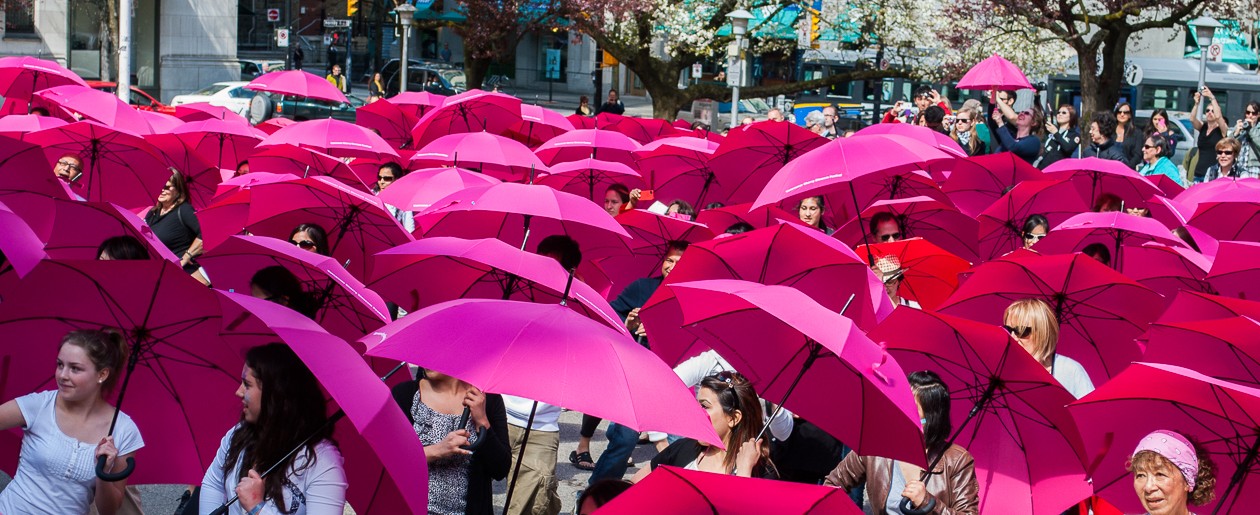The brief:
Consider the work of both Callahan and Germain, then select a subject for a series of five portraits, varying the locations and backgrounds. The one consistent picture element must be the subject you have chosen, who must appear in all five images. Think carefully about where you choose to photograph them, either using a pose that offers a returned gaze to the camera, or simply captures them going about their daily business. The objective once again is to visually link the images together in some way…
Present your five images as a series and write around 500 words reflecting on the decisions you made. Include both of these in your learning log or blog.
I’ve been procrastinating too long on this exercise so am using some photos taken of my father on my recent trip back to South Africa. I did photograph him with the intention of using some of the images for my exercises, but thought I could reshoot the exercise when I returned home. That hasn’t happened so I’m moving on and using what I had previously shot.
My father has just turned 91 years old which is a ripe old age and this visit back to South Africa was most likely the last time I would see him alive, so I decided to photograph him and little aspects of his daily life. He is wheelchair bound on his good days, otherwise he spends his time in bed. Suffering from macular degeneration, his eyesight is hazy at best and he has difficulty focusing on people and objects. As a result his only form of entertainment in his daily life is listening to his transistor radio which accompanies him through out the day. He also loves his hats and on a winter’s day he will sit indoors next to a sunny window wearing his hat on his head to keep it warm.
The two images below that do not feature my father physically are indexical as their links to my father can be inferred, as are many of Julian Germain’s photographs in his work For Every Minute You are Angry, You Lose Sixty Seconds of Happiness. I chose to preserve my father’s privacy and dignity and not make photographs of him while he was in his bed or being attended to.
A portrait is always of something (and usually of someone). It draws its authority from the real and unique historical presence of the subject whose image it depicts, and at the same time reflects on and affects that presence.
The Chicago School of Media Theory
I feel this set of images are accurate representations of my dad who once was a vibrant, active and strong man. They pretty much describe his daily life on a good day. I realise that I have one photograph that is portrait format while the rest of the images are landscape format, but in this set I think it can work as it serves as a central anchoring point for the rest of the set.






Reference List
The Chicago School of Media Theory (n.d.) Portrait [online] Available at: https://lucian.uchicago.edu/blogs/mediatheory/keywords/portrait/ [Accessed 27 October, 2016]
Bibliography
Chandler, Daniel Semiotics for Beginners [online] Available at: http://visual-memory.co.uk/daniel/Documents/S4B/ [Accessed 27 October, 2016]
Germain, Julian (2005) For every minute you are angry you lose sixty seconds of happiness [online]. Available at: http://www.juliangermain.com/projects/foreveryminute.php [Accessed 27 October, 2016]



